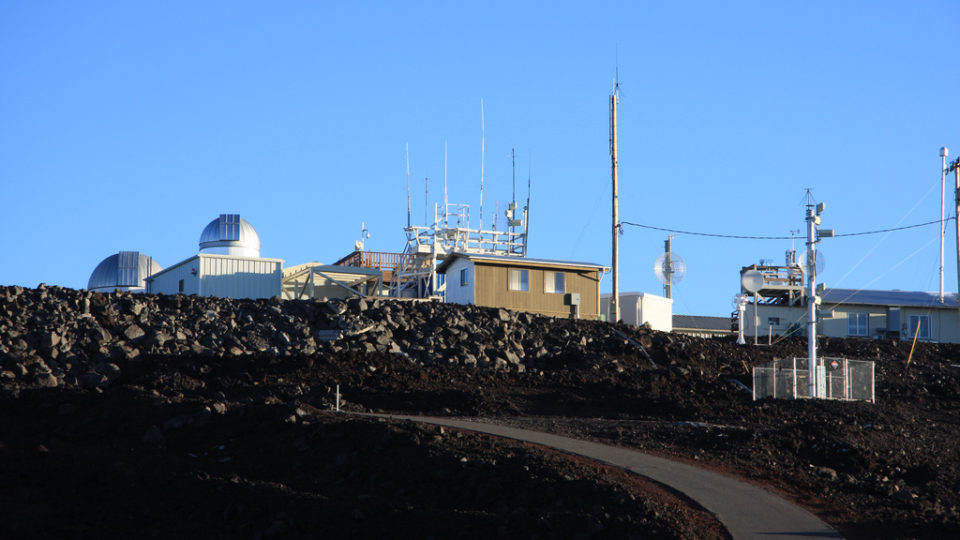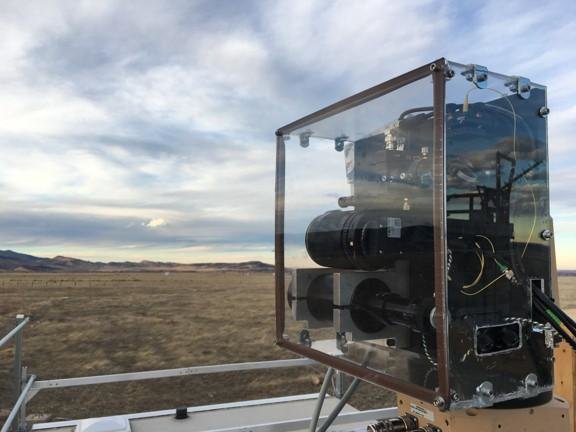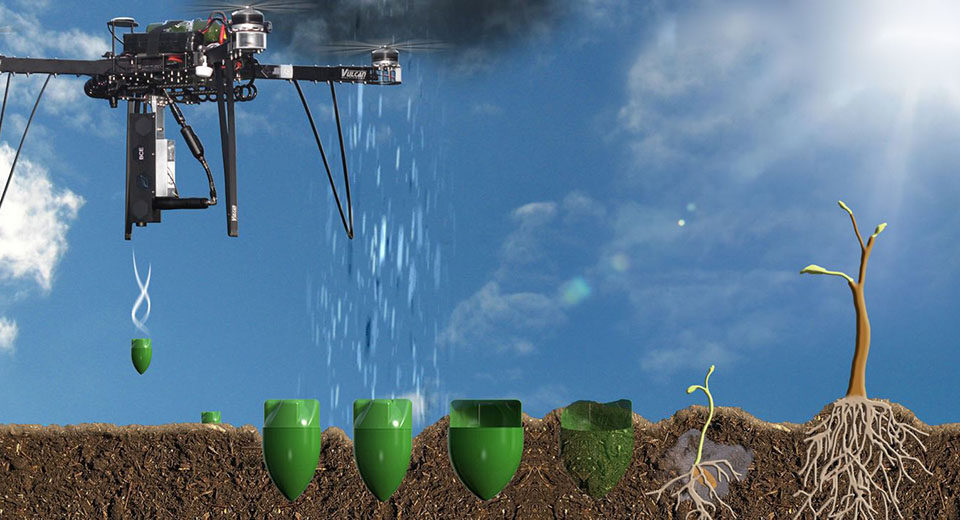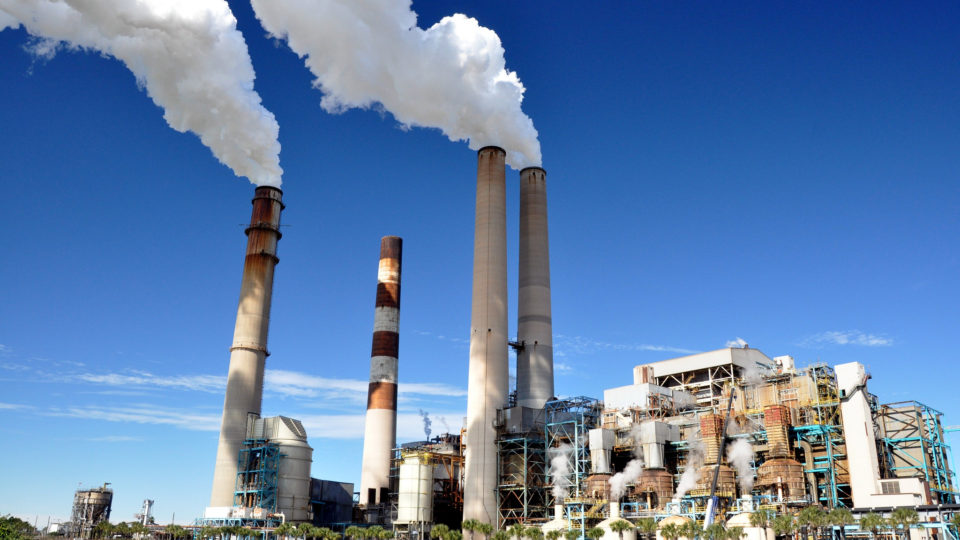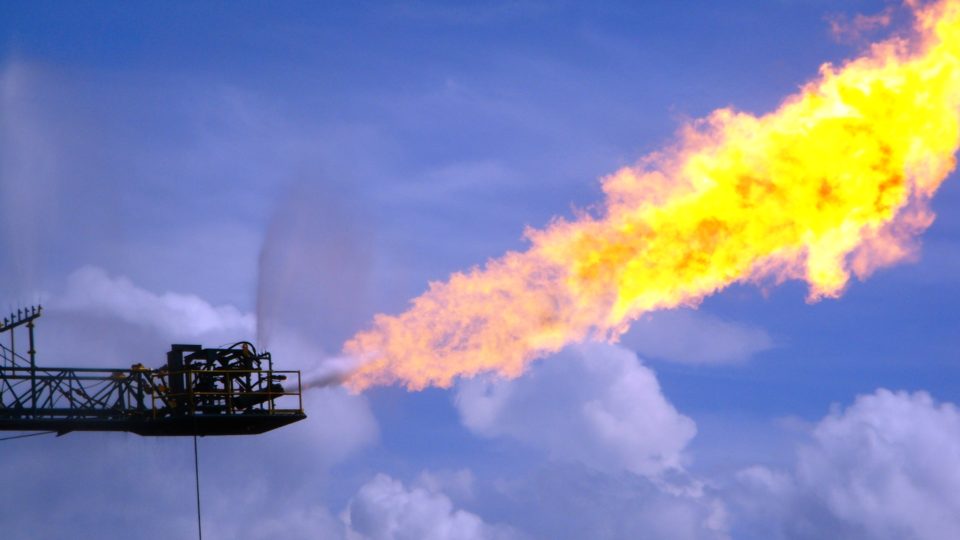CO2
Audio Player
Another CO2 Milestone
Audio Player
The global concentration of carbon dioxide in the atmosphere was measured at 400 parts per million for the first time in recorded history in May of 2013. It was a brief event at the Mauna Loa Observatory in Hawaii at the time. Within the next couple of years, however, readings of at least 400 ppm became standard.
Finding Methane Leaks With Lasers
Audio Player
Burning natural gas instead of coal is considered to be an important way to reduce greenhouse gas emissions. In principle, it is. Gas combustion produces much less carbon dioxide than coal combustion.
Climate Change And Biodiversity
Audio Player
According to a new study recently published in the journal Climatic Change, up to half of the plant and animal species in the world’s most naturally-rich areas could face local extinction by the turn of the century due to climate change. This projection, jeopardizing the biodiversity in places like the Amazon and the Galapagos, assumes carbon emissions continue to rise unchecked.
Hydrogen Progress
Audio Player
As low-cost solar and wind energy become increasingly pervasive, the prospects for hydrogen-based transportation systems are improving. The reason is that cheap electricity makes it practical to produce hydrogen by breaking down water rather than getting it from reforming natural gas, which results in carbon dioxide emissions. The real goal is for hydrogen to be a renewable and carbon-free fuel.
Renewable Powered Cities
Audio Player
Cities are responsible for 70% of the world’s energy-related CO2 emissions and it appears that they are taking responsibility for reducing them. Over 7,000 mayors around the world have signed up to the Global Covenant of Mayors for Climate and Energy, thereby pledging to act on climate change.
Electrifying Shipping Fleets
Audio Player
Container ships, tankers, freighters, and cruise ships are a significant source of carbon dioxide emissions and other pollutants. They currently account for 3% of global emissions – which doesn’t sound like much – but most other sectors such as power plants and automobiles are gradually decarbonizing. As a result, experts believe that shipping could account for as much as 17% of global emissions by the year 2050.
Lots Of Credit For Carbon Capture
Audio Player
These days, the federal government has mostly turned its back on efforts to mitigate climate change or, for that matter, to even recognize its existence. However,the budget bill passed in February contained a major increase in the tax credit known as 45Q, which provides incentives to businesses to develop and utilize carbon capture, utilization and storage technologies.
Tree-Planting Drones
Audio Player
One of the major causes of the increasing carbon dioxide levels in the atmosphere is deforestation. We chop down about 15 billion trees each year. Over time, our activities have reduced the number of trees on earth by about 50%. We do plant trees – these days, about 9 billion a year. It is a substantial number, but still leaves a net loss of 6 billion trees annually.
Natural Climate Solutions
Audio Player
The Paris Climate Agreement embodies a commitment to hold the increase in the global average temperature to less than 2 Celsius degrees above preindustrial levels. Most strategies to achieve this goal involve reductions in greenhouse gas emissions from human activities such as burning fossil fuels as well as various land use activities. But there are also so-called Natural Climate Solutions, which relate to the storage of carbon and reduction in carbon emissions across global forests, wetlands, grasslands, and agricultural lands.
Removing CO2 With Plants
Audio Player
Plants are the world’s great storehouse of carbon dioxide. That is why deforestation is a major contributor to climate change. If only there were more trees and plants, more of the CO2 in the atmosphere would be absorbed and could no longer trap heat in the atmosphere.
Saving Venice From The Sea
Audio Player
The risks of rising sea waters are growing more apparent every year. While the world struggles with taking action to reduce the carbon emissions that are driving the sea level rise, cities around the world are building sea walls designed to protect them from storm surges and flooding. Most of these are massive, complex infrastructure projects that cost billions of dollars and take decades to complete.
Cryptocurrency And Climate Change
Audio Player
Bitcoin is a form of digital currency. Bitcoins aren’t printed, like dollars or euros. They are produced by people and businesses using computer software to perform the necessary complex calculations. A bitcoin is essentially a line of computer code that’s signed digitally when it goes from one owner to another. Bitcoin is the most prominent example of a growing category of money known as cryptocurrency.
Transportation And Greenhouse Gases
Audio Player
Power plants have been the biggest source of greenhouse gas emissions in the United States for more than 40 years. But the ever-changing picture of electricity production has changed that situation. According to new data from the government’s Energy Information Administration, transportation has now taken over the top spot.
Climate Change And Barley
Audio Player
The impacts of increased carbon dioxide and the changing climate are often complicated and, it turns out, not always negative. In some areas of the world, people can actually benefit from increased CO2 and climate change. Barley, the most important feed crop for beef production in Alberta, Canada, as well as the province’s beef industry itself actually stand to gain from the changes that are most assuredly not a good thing for much of the world.
Turning Emissions Into Fuel
Audio Player
Reducing carbon dioxide emissions is an essential element in mitigating climate change. The best approach is to not produce the stuff in the first place and the ongoing transition away from fossil fuels is trying to do just that. But realistically, fossil fuels will be with us for a long time to come. Given that, additional approaches are necessary.
CO2 Emissions Stalled
Audio Player
For the third year in a row, global emissions of carbon dioxide have remained unchanged. This indicates that efforts to reduce emissions have had an effect, but that there is much more to be done. It is essential to reduce emissions, not just cap them.
Fuel From Greenhouse Gases
Audio Player
Carbon dioxide and methane are the two greenhouse gases that are having the greatest impact on the global climate. There are basically three ways to prevent them from getting into the atmosphere: don’t emit them, trap them and store them away, or turn them into something useful.
Carbon And Heating Soil
Audio Player
Plants are a critical part of the Earth’s carbon cycle. They take in carbon dioxide during photosynthesis. Eventually, dead leaves, branches and other materials fall to the ground where bacteria and fungi decompose the materials and release the CO2 back into the atmosphere. This carbon-soil feedback loop is a complicated one that is critical to the overall carbon balance because soils actually contain two to three times more carbon than the atmosphere.
The End Of British Coal
Audio Player

